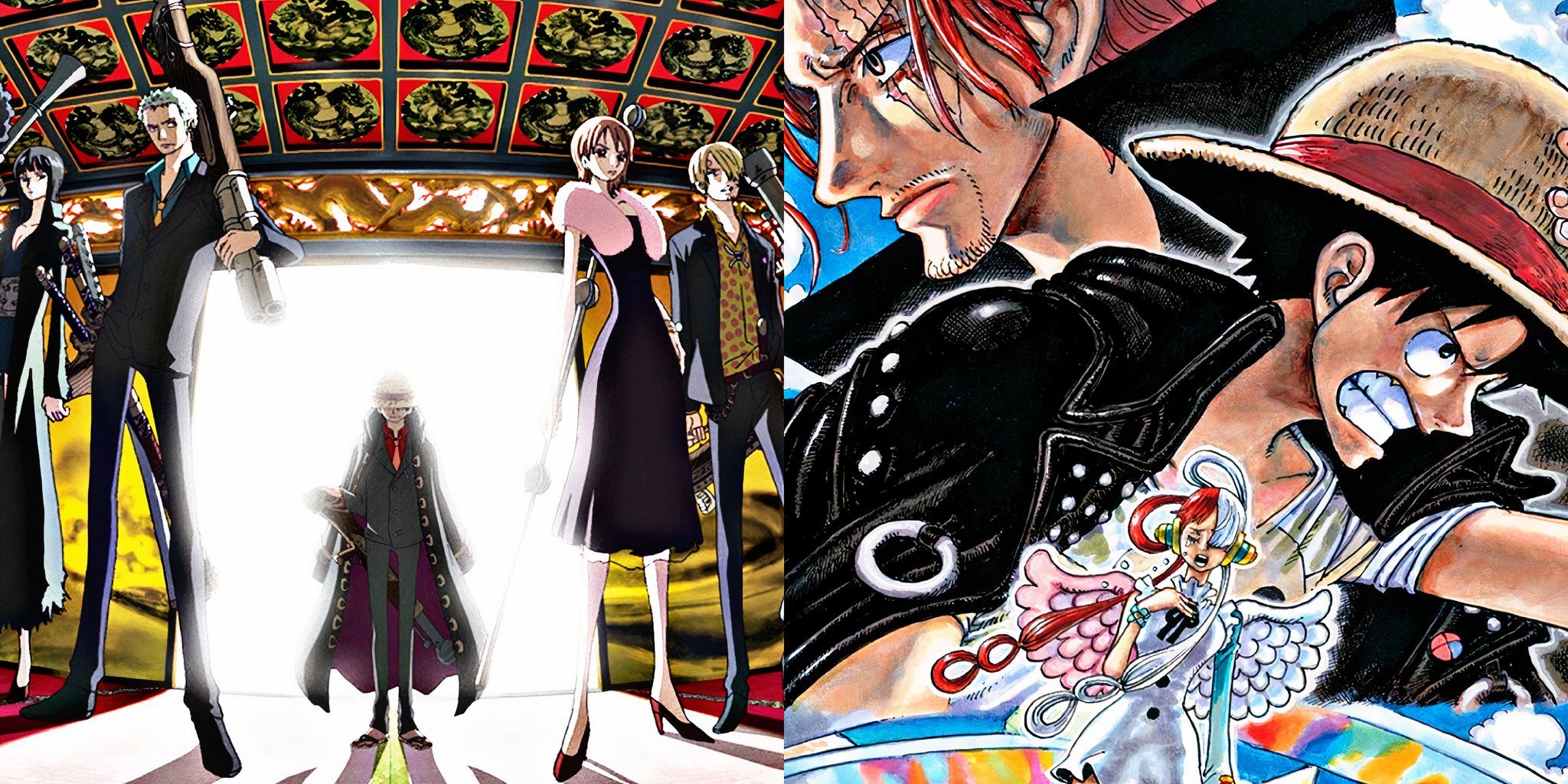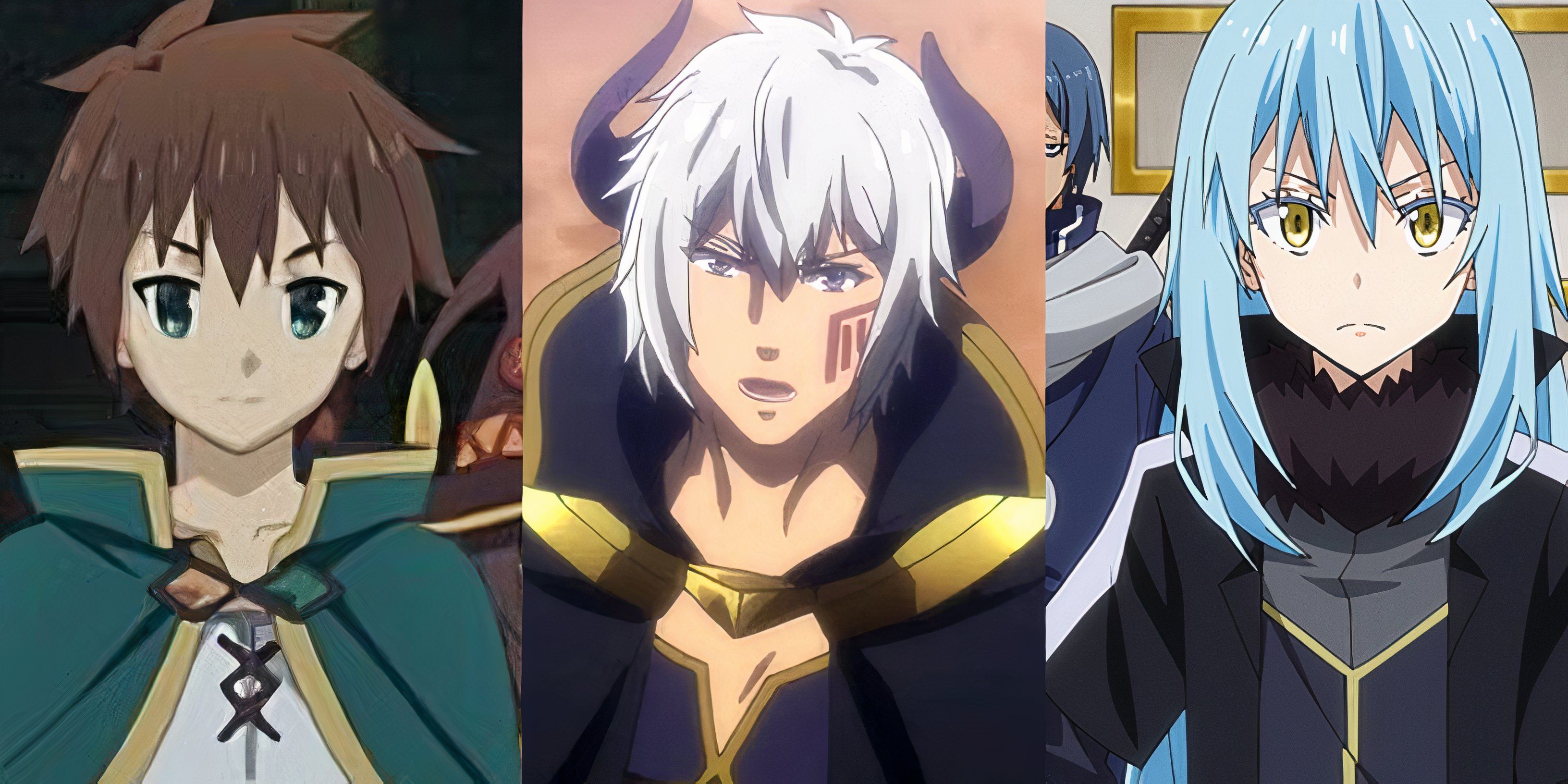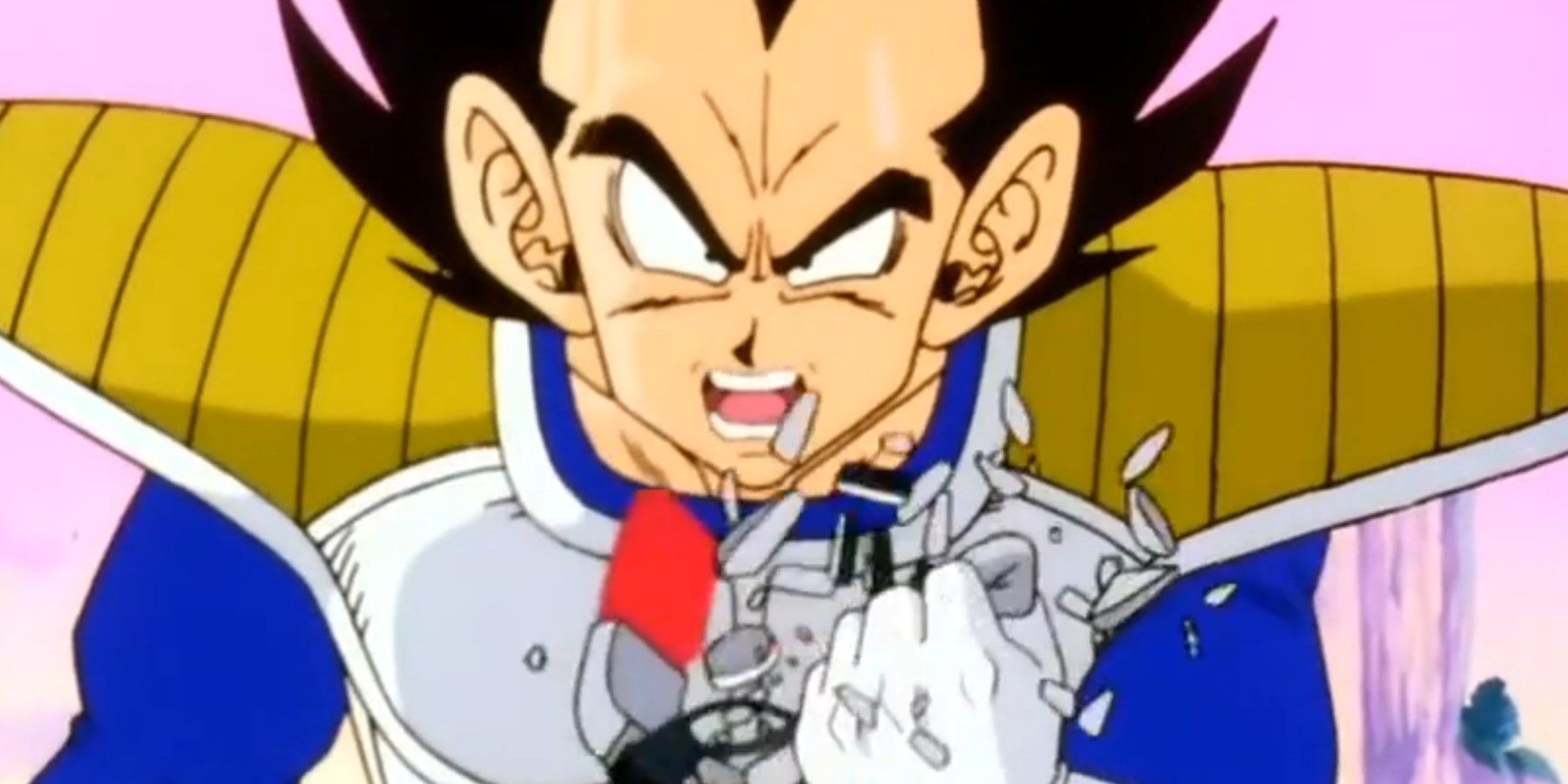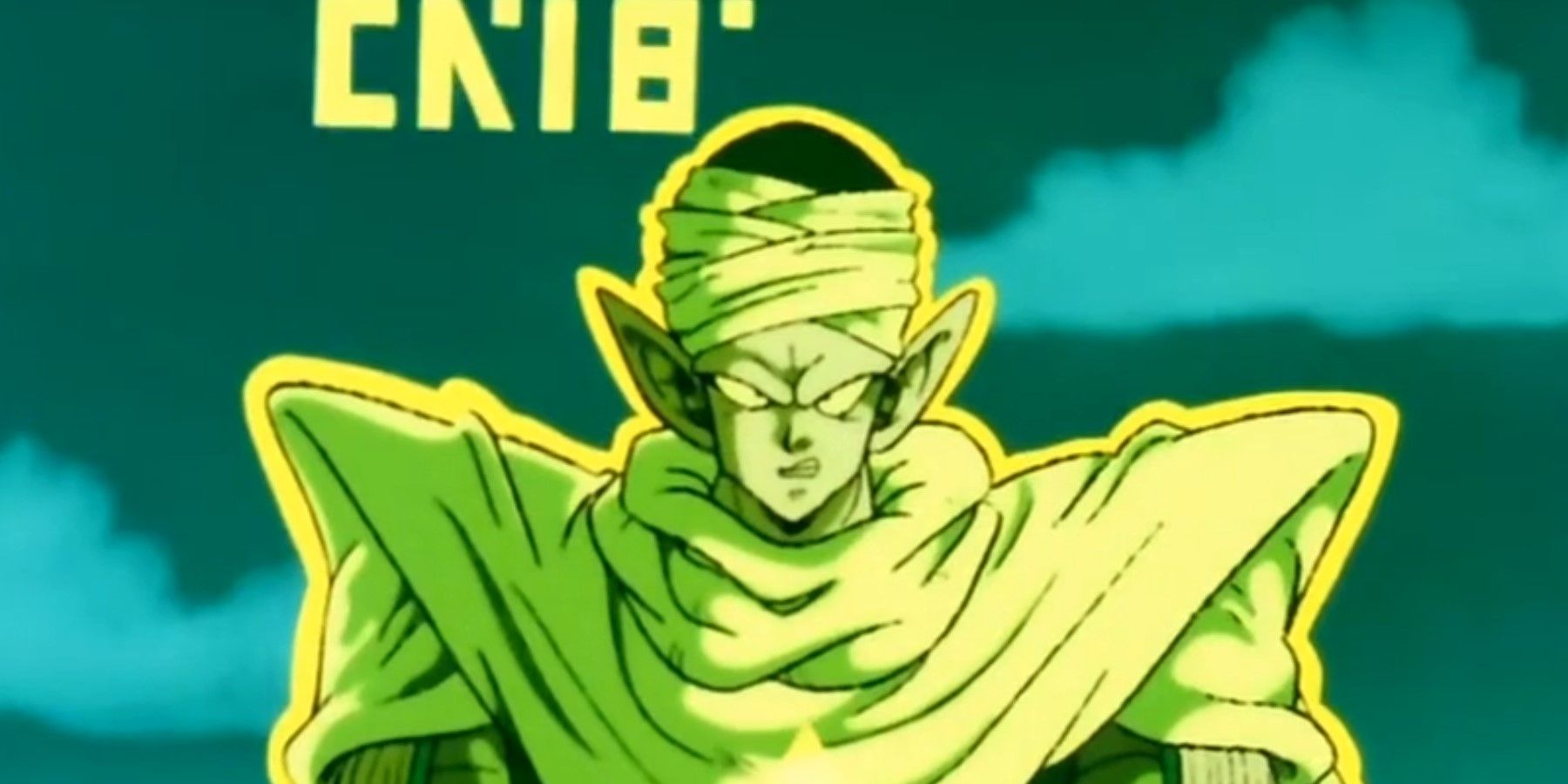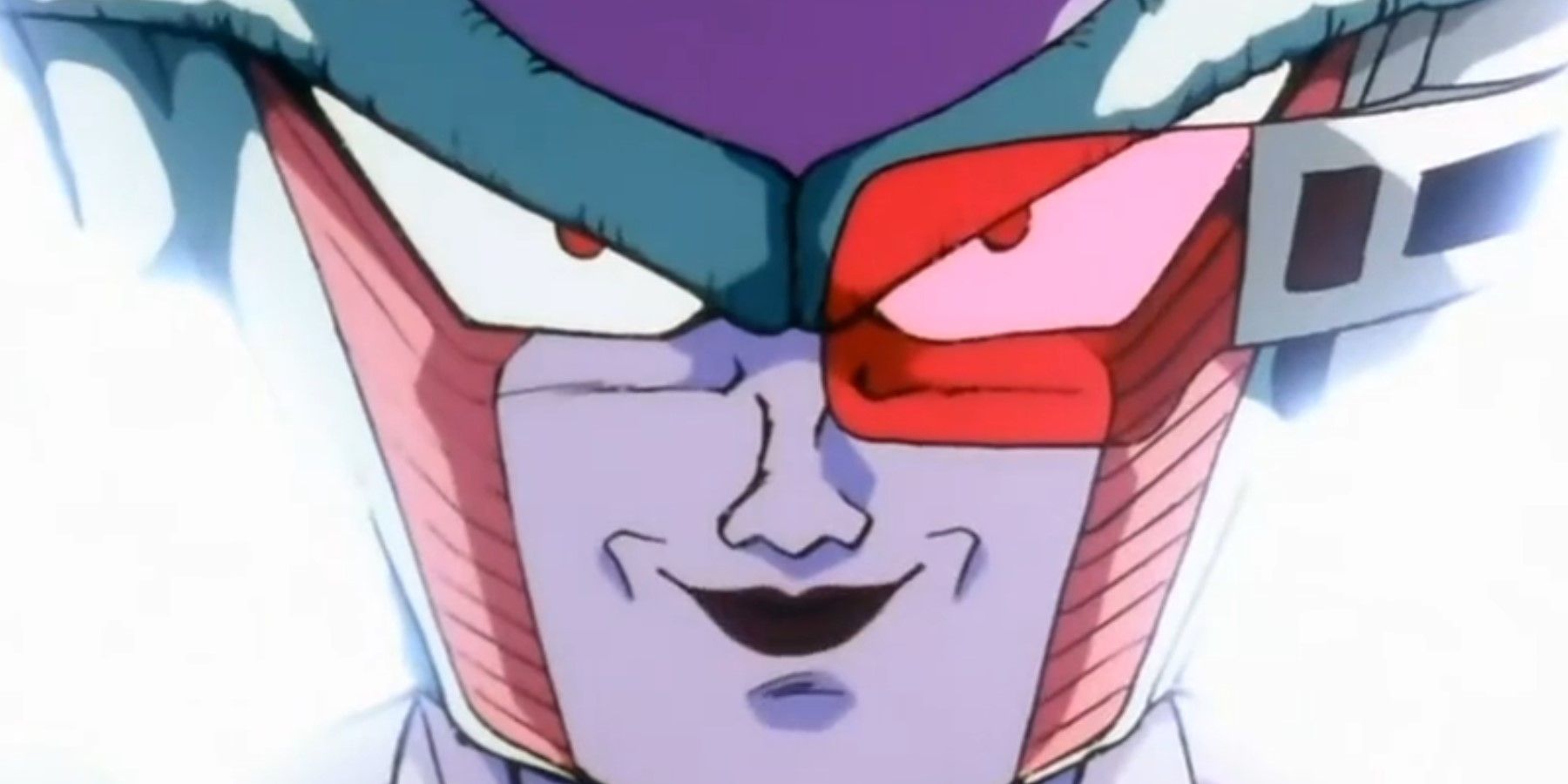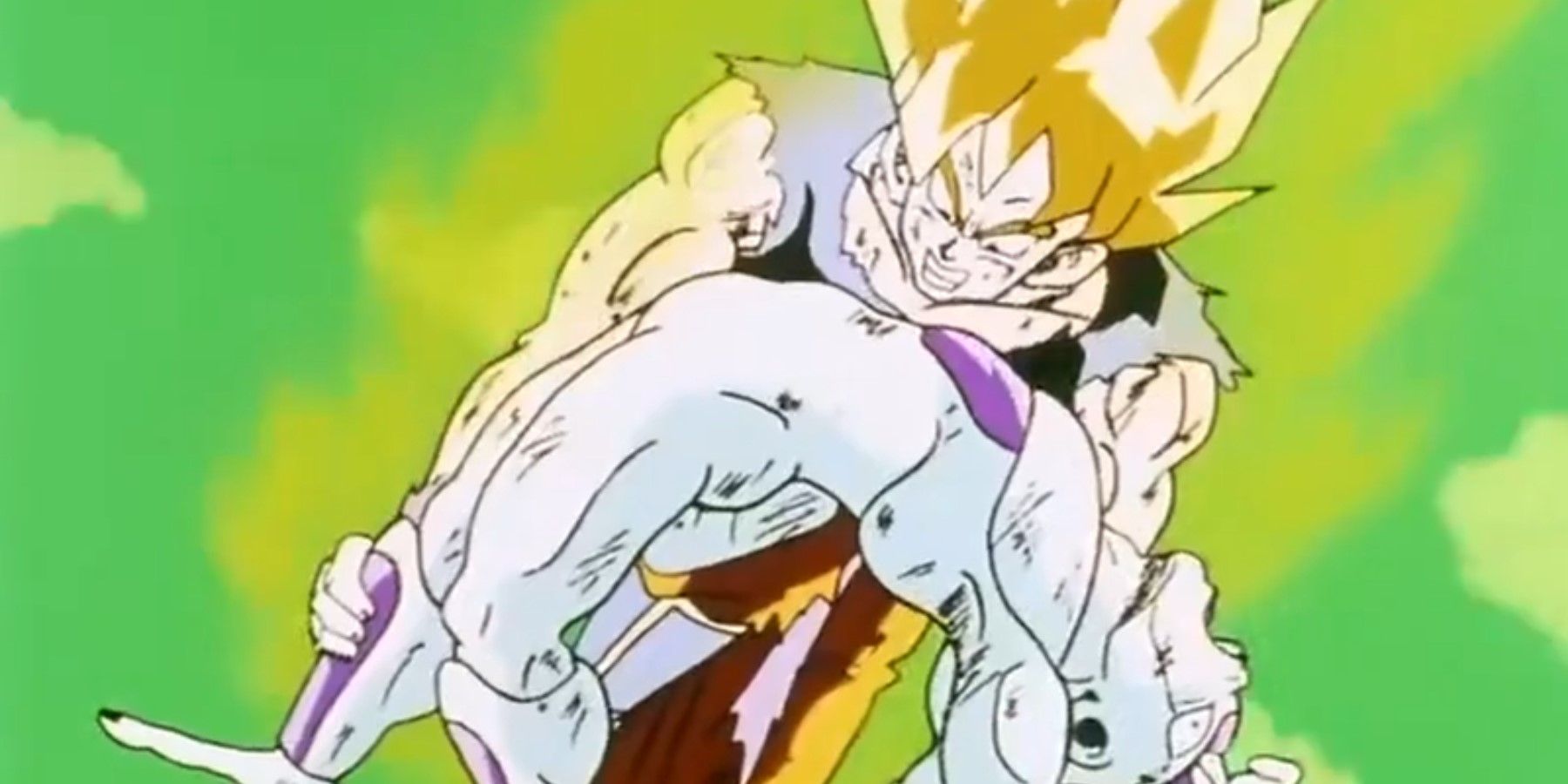Dragon Ball is a landmark shonen series, and many elements featured in its pages, such as powerful transformations and world-rending special attacks, have become staples of the genre. Another concept popularized by Dragon Ball is the power level system, which numerically ranks characters by their strength and fighting ability. Power levels have become one of the major talking points in the Dragon Ball fandom, with many people arguing about characters' power levels long after its use in the series proper had ended.
Power levels are nice to use as a writing tool as they can quickly demonstrate and compare how powerful each new character is. Fans like them because it makes it clear which character is stronger than another at any point in the story. However, if used improperly, power levels can cause a story some long-lasting problems. Even Dragon Ball, which essentially invented the concept, ran into a few problems due to its utilization of power levels. While Dragon Ball is still a great story, there's no denying that power levels have introduced some complications into its narrative.
How Do Power Levels Work?
Power levels are introduced to Dragon Ball during the Saiyan Saga, and they are described as a measure of a character's fighting ability. They are generally unknown, but the scouters used by the Frieza Army are able to detect power levels numerically. While Frieza and his soldiers appear to think that power levels are set and do not change, the Z-Fighters have demonstrated the ability to raise and lower their power level by controlling their ki, or energy. Naturally, a person can also raise their default power level through training and other similar methods.
While those with higher power levels are generally able to beat those with lower levels comfortably, it is not impossible for the opposite to occur. This is seen in the fight between Goku and Piccolo versus Raditz. Raditz's power level was far higher than both of them combined, but they were eventually able to beat him with some luck and strategy. Goku was also able to fight on par with Vegeta during the Saiyan Saga even though Vegeta's power level far outstripped his. While this shows that power levels are not absolute, for the most part, battles in Dragon Ball are generally won by the fighter with the higher power level.
How Power Levels Got Complicated
While the power levels of the Z-Fighters started in the low hundreds, they soon ballooned into the thousands and only soared higher from there. A lot of this is thanks to the frequent use of using high power levels to create a sense of trepidation and fear. This hit its apex when Frieza revealed his initial power level to be 530,000, a massive power level that dwarfed every power level that had initially been revealed previously (the highest was Kaio-ken x2 Goku's 180,000).
Frieza initial power level ends up being the last specific power level reading we receive in the series proper, aside from Frieza estimating that his second form's power level is over one million. This is probably because power levels at this point had become so large that they had ultimately become meaningless. Starting with the Android Saga, Dragon Ball would stop using power levels to measure a character's strength, and the concept would disappear from the series entirely. Despite this, the use of power levels has already had a pretty profound effect on the plot.
How Power Levels Affect Dragon Ball's Plot
While the use of power levels provided a clear comparison point for characters' fighting abilities, they also turn Dragon Ball into a numbers game. Since characters with high power levels constantly beat characters with lower levels, battles become less about technique and tactics and more about who has the higher power level. This is probably another reason why power levels disappeared after the Namek Saga; it was an attempt to focus less on the numbers and more on the actual tactics during a fight.
In addition, the obscene power levels achieved by Goku and Frieza at the end of the Namek Saga essentially ruined the power scaling in Dragon Ball. Goku became so powerful that it was difficult to create an enemy that could challenge him while also being someone that the non-Saiyan fighters could believably deal with. As a result, many of the classic Z-Fighters like Krillin, Yamcha, and Tien fell far behind while characters like Vegeta, who could reasonably keep pace with Goku, rose to the forefront of the story. By the Majin Buu Saga, only Saiyans could reasonably be expected to be able to deal with any threat that showed up. In the end, while power levels were an exciting concept, they ultimately did more harm than good to the story of Dragon Ball. Having said that, they are still a lot of fun to talk about, and fans still enjoy theorizing what power level Goku and Vegeta might have now.


